I want to find patterns in image. Saying "to find patterns" I mean "to detect similar objects", thus these patterns shouldn't be some high-frequency info like noise.
For example, on this image I'd like to get pattern "window" with ROI/ellipse of each object:

I've read advices to use Autocorrelation, FFT, DCT for this problem. As far as I've understood, Autocorrelation and FFT are alternative, not complementary.
First, I don't know if it is possible to get such high-level info in frequency domain?
As I have FFT implemented, I tried to use it. This is spectrogram:

- Could you suggest how to further analyze this spectogram to detect objects "window" with their spatial locations?
- Is it needed to find the brightest points/lines on spectrogram?
- Should the FFT be done for image chunks instead of whole image?
- If that't not possible to find such objects with this approach, what would you advice?
Thanks in advance. P.S. Sorry for large image size.
